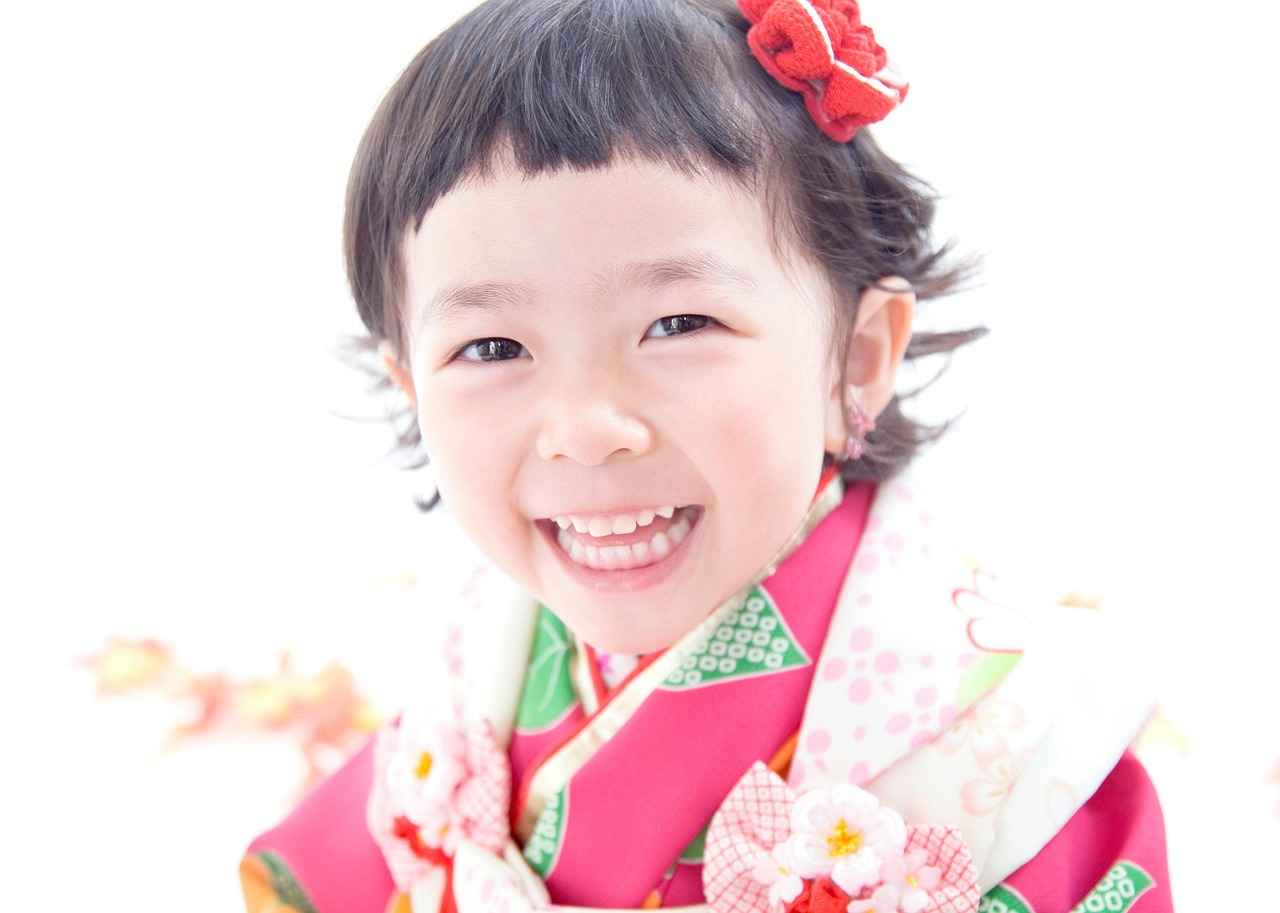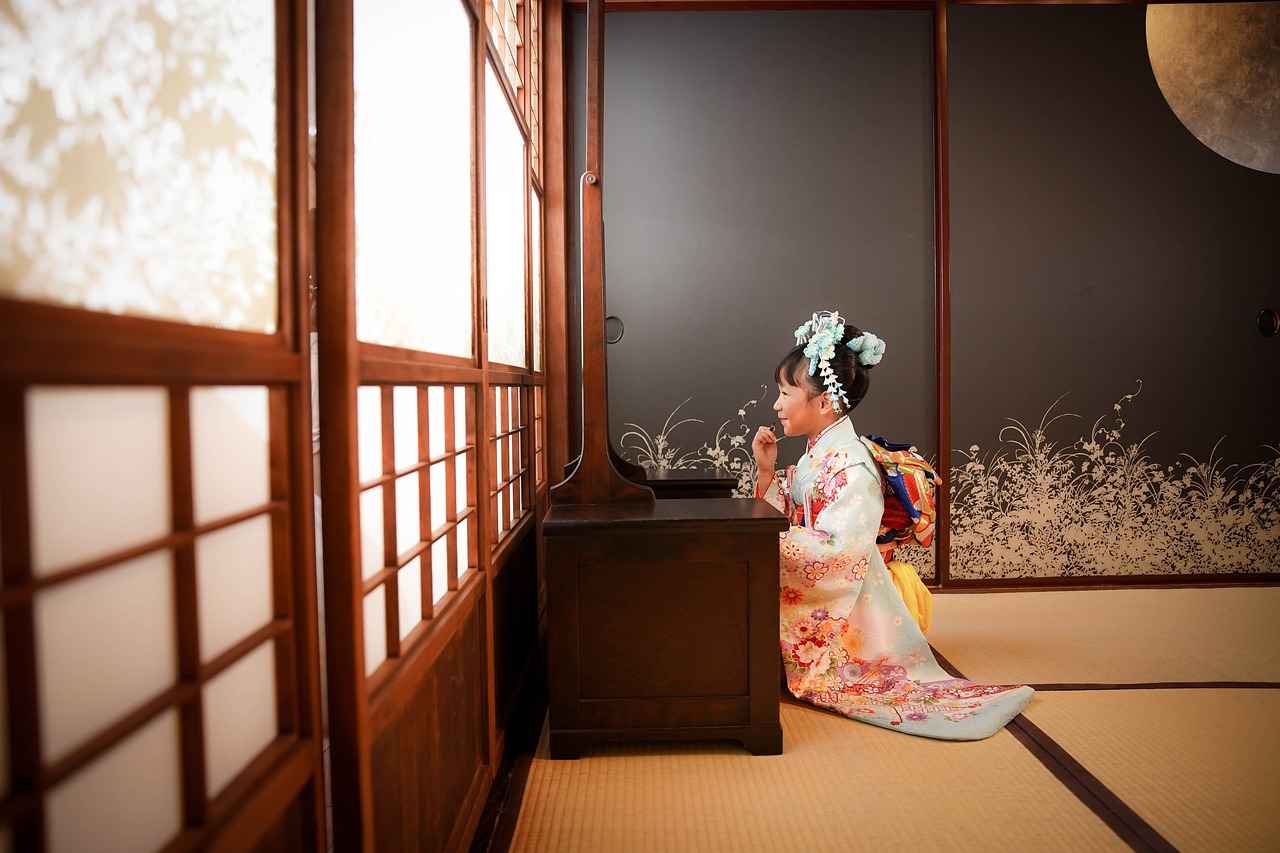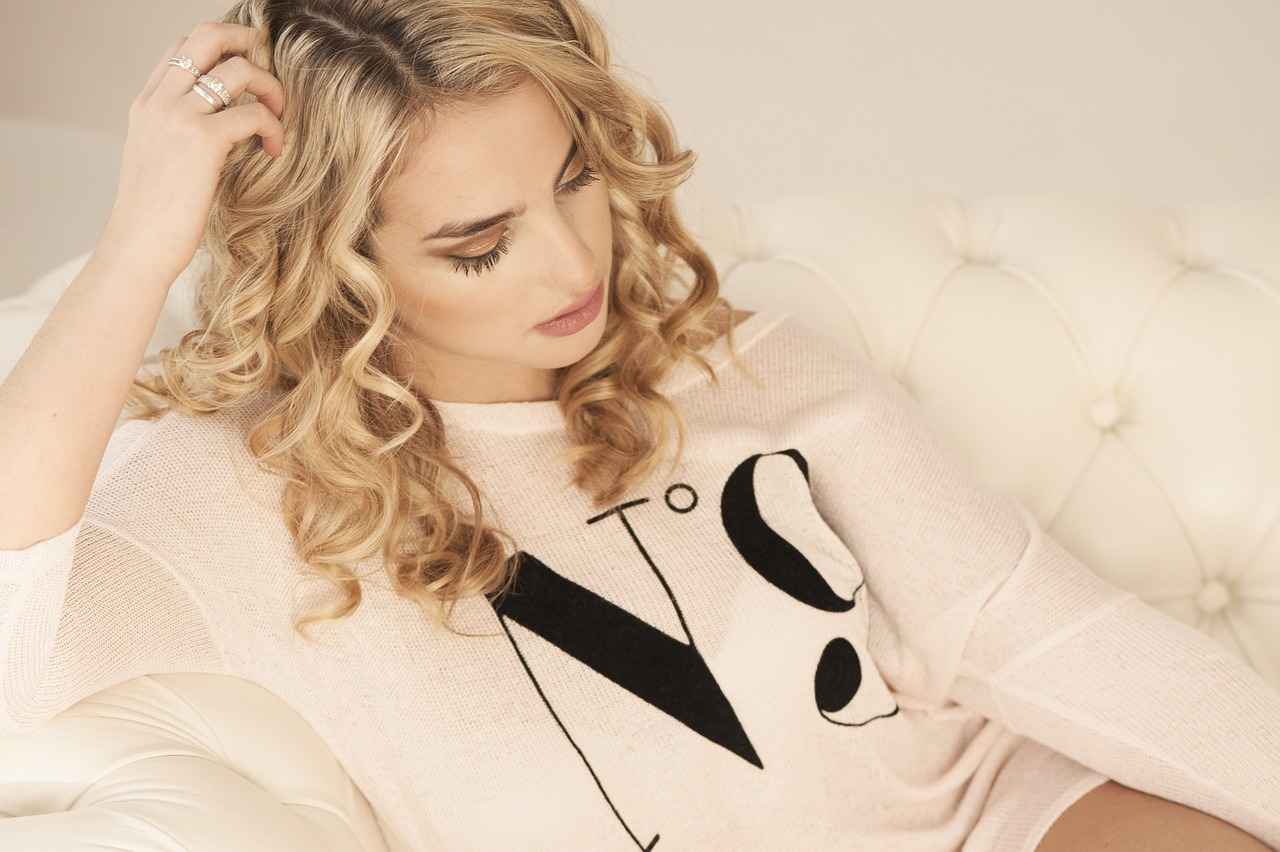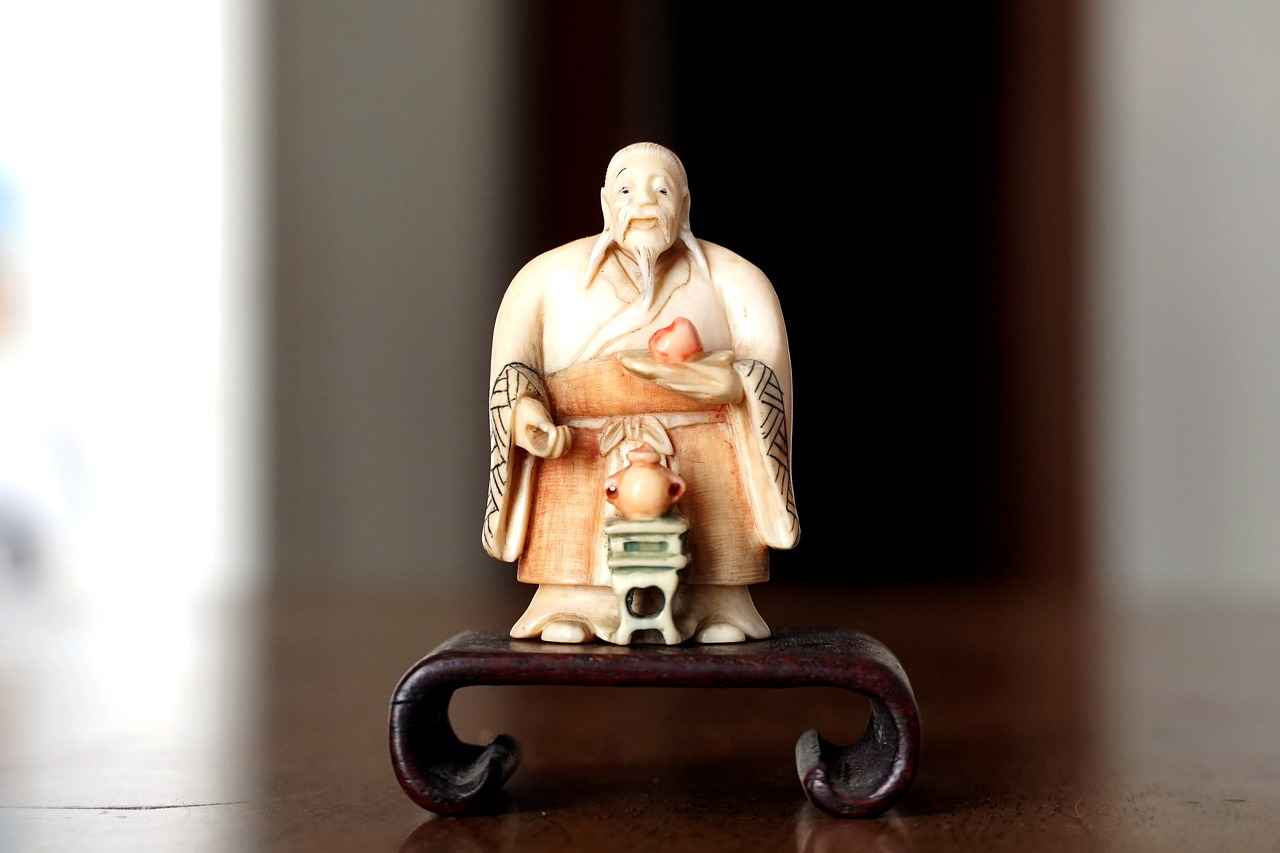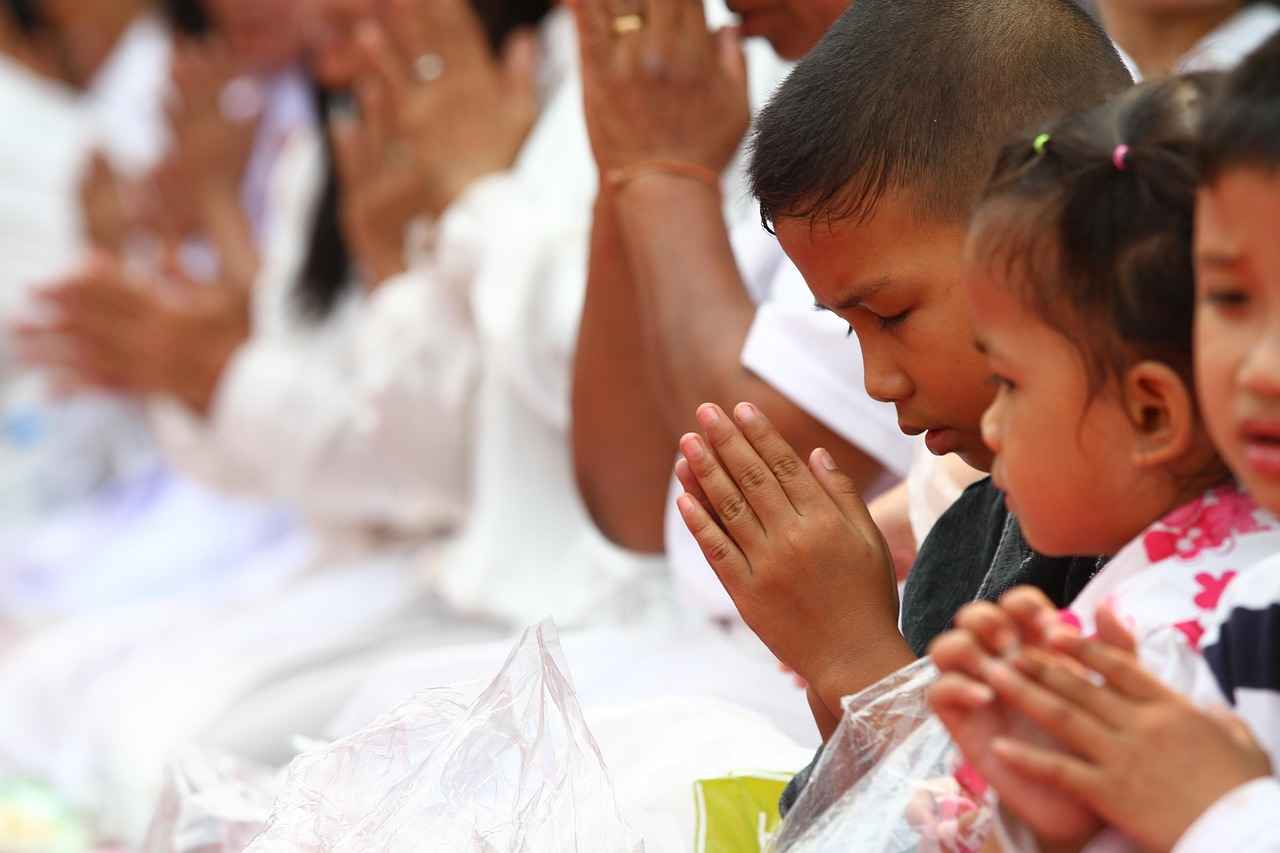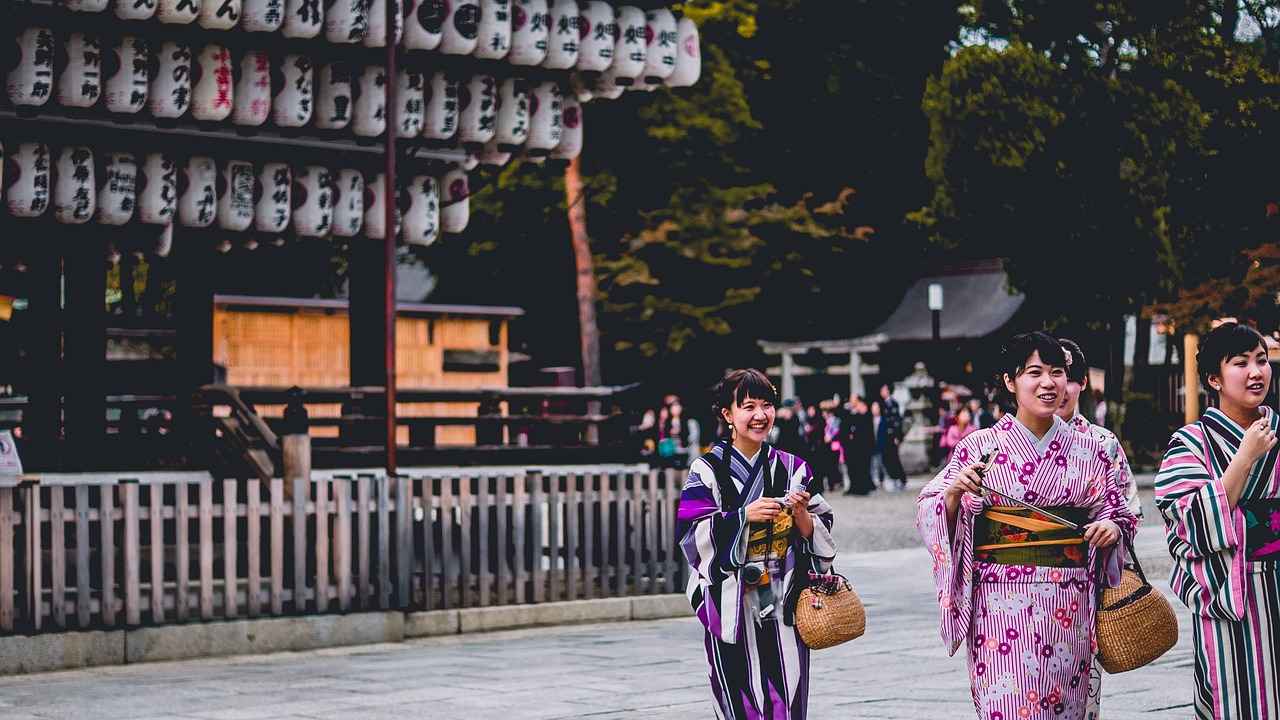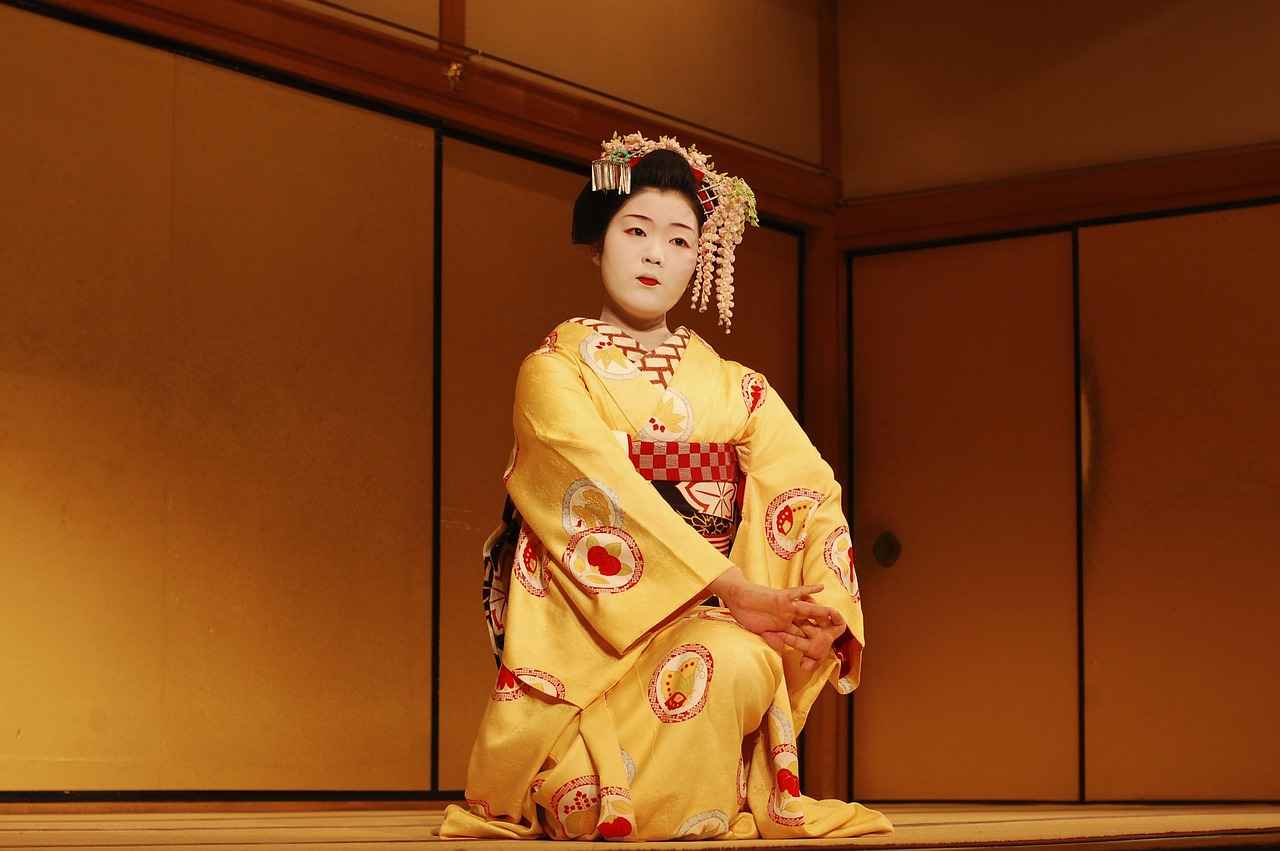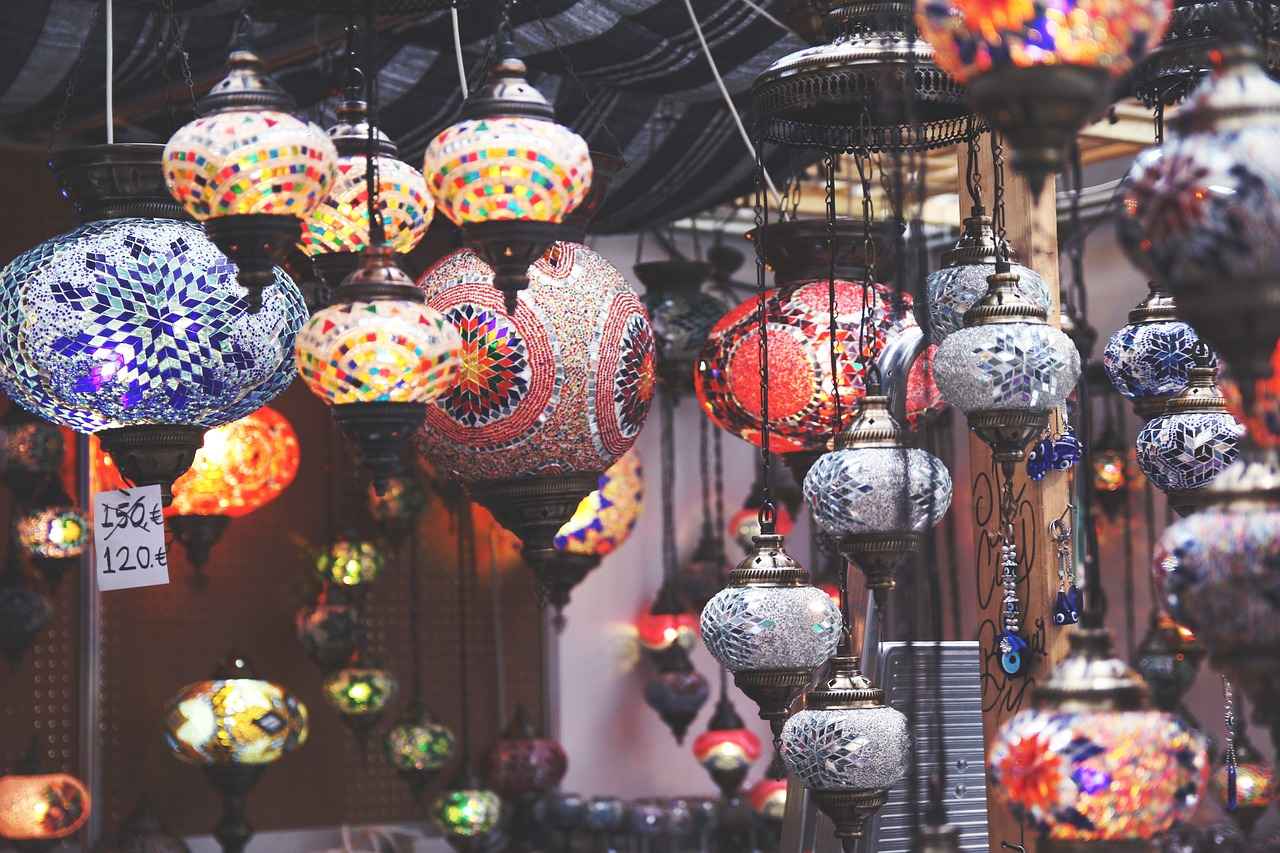This article explores the rich history, significance, and contemporary relevance of kimono culture, offering insights into how to appreciate and incorporate this traditional Japanese attire into modern life.
The kimono, a timeless symbol of Japan, has a lineage that dates back to the Heian period (794-1185). Initially, it served as a practical garment, evolving into a representation of social status and cultural identity. Over the centuries, the kimono has been adorned with intricate designs and patterns, often reflecting seasonal themes and personal significance. This evolution highlights the importance of the kimono not only as clothing but as a canvas for storytelling and artistry.
Today, the kimono remains relevant, transcending its historical roots to become a fashionable choice for various occasions. Many people are now embracing this traditional attire in everyday life, finding ways to blend it with modern styles. The resurgence of interest in kimono culture can be attributed to a growing appreciation for heritage and craftsmanship.
To truly appreciate kimono culture, one must understand the different types of kimonos available. There are formal kimonos, such as the Furisode, characterized by its long sleeves and vibrant patterns, typically worn by young women during significant ceremonies. The Tomesode, on the other hand, is a formal choice for married women, featuring shorter sleeves and often adorned with exquisite designs suitable for weddings and formal gatherings.
In contrast, casual kimonos like the Yukata are perfect for summer festivals, made from lighter fabrics that allow for comfort and ease. Selecting the right kimono involves considering factors such as body type, occasion, and personal style. Understanding the various fabrics used in kimono making, from luxurious silk to breathable cotton, is essential for making an informed choice.
Accessorizing your kimono with items like obi (belts) and obijime (cords) can elevate your outfit, adding a personal touch. Furthermore, mastering the art of wearing a kimono involves learning traditional techniques for layering and tying, ensuring a respectful presentation of this cultural attire.
As contemporary designers continue to incorporate kimono elements into modern fashion, the essence of the kimono remains alive. Engaging with kimono culture through events and workshops allows individuals to foster a deeper appreciation for this timeless tradition.
In conclusion, embracing kimono culture offers a unique opportunity to connect with Japan’s rich heritage while exploring personal style. By understanding its history, types, and ways to wear it, anyone can appreciate the beauty and significance of this traditional garment in today’s world.
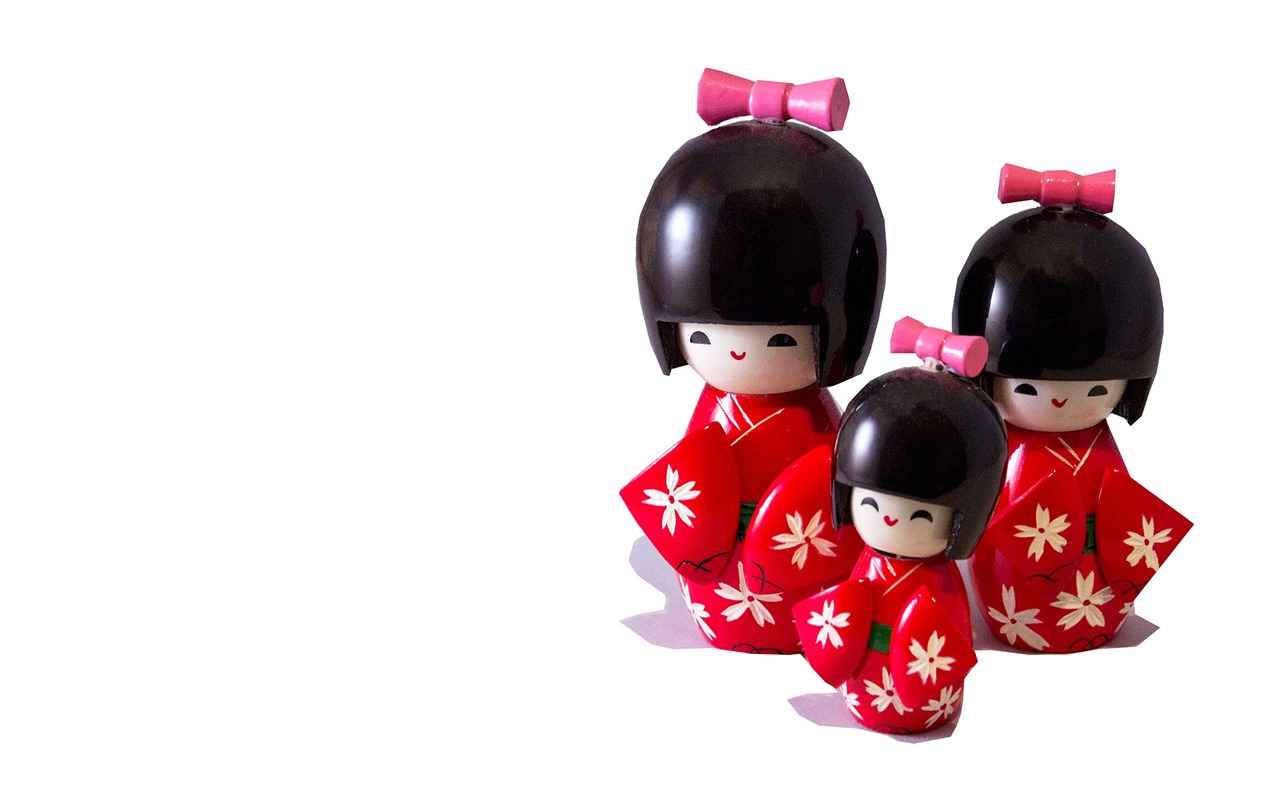
The History of Kimono
The kimono, a traditional Japanese garment, has a rich and intricate history that reflects the cultural evolution of Japan itself. Its origins can be traced back to the Heian period (794-1185), when it was primarily a simple robe worn by the aristocracy. Over the centuries, the kimono has undergone significant transformations, adapting to social changes, technological advancements, and international influences.
During the Edo period (1603-1868), the kimono became a symbol of status and identity, with distinct styles emerging based on social class, age, and occasion. The Furisode, characterized by its long sleeves, was worn by young unmarried women, while the Tomesode, with its shorter sleeves, was reserved for married women. These garments were often made from luxurious fabrics, adorned with intricate designs that conveyed the wearer’s social standing.
As Japan entered the Meiji period (1868-1912), Western influences began to permeate Japanese fashion. The kimono started to coexist with Western-style clothing, leading to a decline in everyday wear but a rise in its status as a cultural symbol. It became a staple for formal occasions, preserving traditional craftsmanship and artistry.
In contemporary society, the kimono is celebrated as a representation of Japanese heritage. It is worn during significant events such as weddings, tea ceremonies, and festivals, showcasing the beauty of traditional techniques. Today, designers are also reinterpreting the kimono for modern fashion, blending traditional elements with contemporary styles, thus ensuring its relevance in today’s world.
In conclusion, the kimono’s evolution from a simple robe to a cultural icon illustrates the dynamic nature of Japanese society. By understanding its history, we can appreciate the depth and significance of this beautiful garment, which continues to inspire and captivate people around the globe.

Types of Kimono
The kimono is a quintessential element of Japanese culture, embodying both tradition and artistry. Within this beautiful garment, there exist various styles that cater to different occasions and personal expressions. Understanding these types can enhance your appreciation for this iconic attire.
Formal Kimonos
- Furisode: This style is recognized for its long, flowing sleeves and is traditionally worn by young, unmarried women. The Furisode is often seen at celebratory events such as Shichi-Go-San (a festival for children) and weddings, symbolizing youth and vitality.
- Tomesode: A formal choice for married women, the Tomesode features shorter sleeves and is typically adorned with intricate patterns. This kimono is often worn at formal gatherings, including weddings and tea ceremonies, showcasing elegance and sophistication.
- Kuro-Tomesode: A variation of the Tomesode, this kimono is black and usually decorated with colorful designs at the hem. It is considered one of the most formal kimonos and is often reserved for the most significant occasions.
Casual Kimonos
- Yukata: A lightweight, casual kimono made from cotton, the Yukata is perfect for summer festivals and hot days. It is often worn with a simple obi and is known for its vibrant colors and patterns.
- Hifu: This style is a short kimono, often worn as an outer garment. It is typically made from heavier fabrics and is suitable for casual outings or as a stylish layering piece.
Each type of kimono serves a unique purpose and reflects the wearer’s personality and the occasion’s formality. By understanding these distinctions, one can appreciate the depth and beauty of kimono culture.
Formal Kimonos
hold a special place in Japanese culture, representing elegance, tradition, and the rich history of the kimono. Among the various types of formal kimonos, two of the most prominent are the Furisode and the Tomesode. Each of these kimonos is designed for specific occasions and carries its own unique significance.
The Furisode is characterized by its long, flowing sleeves and vibrant colors, making it a symbol of youth and vitality. Traditionally worn by unmarried women, the Furisode is often seen at celebratory events such as weddings, coming-of-age ceremonies, and graduations. The intricate designs and patterns on the fabric often reflect the wearer’s personality and aspirations, showcasing the artistry involved in kimono making.
On the other hand, the Tomesode is designed for married women and features shorter sleeves. This formal kimono is typically adorned with elegant patterns that are often more subdued than those of the Furisode. The Tomesode is commonly worn at formal events such as weddings, tea ceremonies, and other significant family gatherings. The choice of colors and motifs in a Tomesode can signify the occasion and the wearer’s status within the family or society.
Both the Furisode and Tomesode highlight the importance of occasion in kimono culture, emphasizing how attire can convey respect and honor. Understanding these distinctions not only enhances appreciation for traditional Japanese fashion but also allows individuals to participate meaningfully in cultural celebrations.
| Type of Kimono | Worn By | Occasions |
|---|---|---|
| Furisode | Unmarried Women | Weddings, Graduations, Coming-of-Age Ceremonies |
| Tomesode | Married Women | Weddings, Tea Ceremonies, Formal Gatherings |
In conclusion, formal kimonos like the Furisode and Tomesode are more than just garments; they are a celebration of Japanese culture and heritage. By understanding their unique characteristics and appropriate occasions for wear, one can truly embrace the elegance and significance of these beautiful traditional attires.
Furisode: The Youthful Kimono
The Furisode is a stunning example of traditional Japanese fashion, known for its long, flowing sleeves that can reach lengths of up to 100 centimeters. This exquisite garment is traditionally worn by young unmarried women during significant ceremonies and celebrations, such as weddings, coming-of-age ceremonies (Seijin Shiki), and other festive occasions. The Furisode is not only a fashion statement but also a symbol of youth and vitality in Japanese culture.
Historically, the Furisode has roots that trace back to the Edo period (1603-1868), where it was primarily worn by young women of the samurai class. The vibrant colors and intricate designs often signify the wearer’s family background and personal style. Today, the Furisode remains a popular choice for many young women in Japan, especially during the Seijin Shiki, which celebrates their transition into adulthood.
| Features of Furisode | Description |
|---|---|
| Sleeve Length | Long sleeves, typically over 100 cm |
| Design | Bright colors and intricate patterns |
| Occasions | Weddings, coming-of-age ceremonies, festivals |
When wearing a Furisode, it is essential to pair it with the right accessories. The obi (belt) is crucial for securing the kimono and adding a stylish touch. Additionally, traditional kanzashi hair ornaments are often worn to enhance the overall appearance. The combination of these elements creates a harmonious and elegant look, celebrating the beauty of Japanese culture.
In conclusion, the Furisode is more than just a beautiful garment; it represents a rich cultural heritage and the joyous spirit of youth. By understanding its significance and history, one can truly appreciate this iconic piece of traditional Japanese fashion.
Tomesode: The Married Woman’s Choice
The Tomesode is a traditional Japanese kimono that holds a special place in the hearts of married women. Its design is characterized by shorter sleeves compared to other kimonos, making it a symbol of maturity and elegance. Typically, the sleeves of a Tomesode measure around 30 centimeters in length, which distinguishes it from the longer-sleeved Furisode, worn by unmarried women.
One of the most notable features of the Tomesode is its intricate patterns and designs. These patterns often include family crests or mon, which signify the wearer’s heritage and marital status. The colors and motifs of the Tomesode can vary, with darker shades being more common for formal occasions, while lighter colors may be suitable for less formal gatherings.
The Tomesode is traditionally worn during significant life events such as weddings, tea ceremonies, and formal gatherings. It is a garment that embodies respect and reverence for Japanese customs, making it a popular choice for married women who wish to honor their cultural heritage.
When accessorizing the Tomesode, women often pair it with a beautifully crafted obi, a wide belt that complements the kimono’s design. The choice of obi can greatly influence the overall appearance, with various styles available to suit different occasions. Additionally, women may choose to wear obijime and haneri to enhance the aesthetic appeal of their outfit.
In summary, the Tomesode is not just a piece of clothing but a representation of tradition and identity for married women in Japan. Its elegant design and rich symbolism make it a cherished garment that continues to be relevant in modern society, allowing women to express their cultural pride while participating in significant life events.
Casual Kimonos
are an essential part of Japanese fashion, offering a blend of tradition and comfort. Among the most popular styles are the Yukata and Hifu, both of which are ideal for everyday wear and summer festivals. These garments not only embody the essence of Japanese culture but also prioritize ease of movement and comfort, making them suitable for various occasions.
The Yukata is a lightweight cotton kimono, traditionally worn during the warmer months. Its vibrant colors and patterns make it a favorite for summer festivals, where attendees enjoy fireworks and traditional games. The Yukata is designed for comfort, featuring a simple wrap-around style that allows for easy dressing. It is often paired with geta (traditional wooden sandals) and a haneri (collar), enhancing its casual yet elegant appeal.
On the other hand, the Hifu is a more versatile option, often crafted from thicker fabric, suitable for both casual outings and slightly formal events. The Hifu resembles a jacket and is typically worn over a Yukata or other clothing. Its ease of wear and relaxed fit make it a popular choice among those who wish to embrace traditional attire without sacrificing comfort. The Hifu can be adorned with various patterns, allowing for personal expression while maintaining a connection to cultural heritage.
- Comfort: Both Yukata and Hifu prioritize comfort, making them perfect for long days at festivals.
- Versatility: These styles can transition seamlessly from casual outings to more formal gatherings.
- Ease of Wear: Simple designs allow for quick dressing and undressing, ideal for busy lifestyles.
In conclusion, casual kimonos like the Yukata and Hifu not only celebrate Japanese tradition but also provide a practical and stylish option for modern wear. Whether attending a summer festival or enjoying a leisurely day, these garments offer a unique way to embrace the beauty of kimono culture.
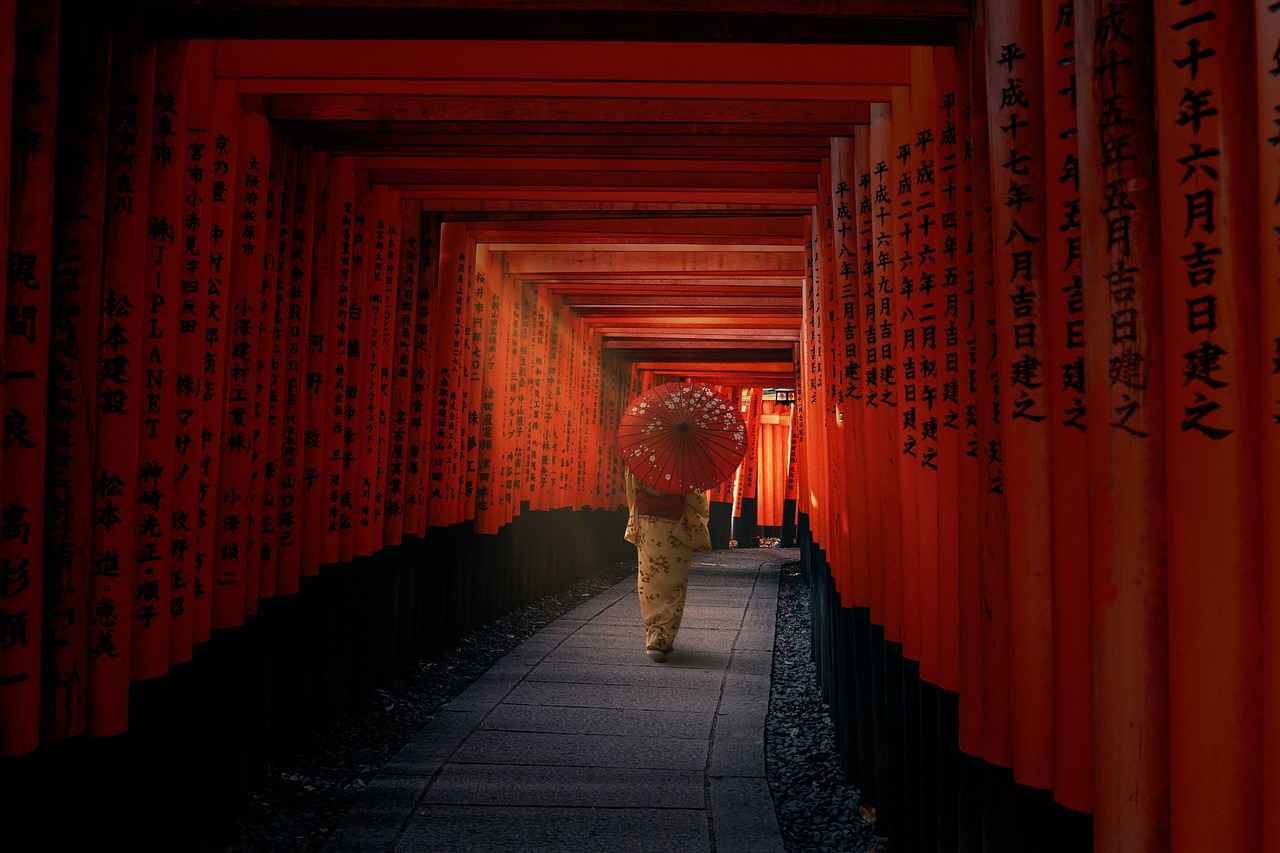
Choosing the Right Kimono
is an essential step in embracing this beautiful aspect of Japanese culture. Selecting the perfect kimono can enhance your appearance and ensure that you feel comfortable and confident. Here are some practical tips to guide you in making the right choice based on your body type, the occasion, and your personal style.
- Body Type Considerations:
- Petite Frames: Opt for shorter kimonos, such as the Yukata, which can help elongate your silhouette. Light colors and smaller patterns can also create an illusion of height.
- Curvy Figures: Look for kimonos with a defined waistline or those that can be cinched with an obi. Darker colors and larger patterns can be flattering and stylish.
- Tall Individuals: Longer kimonos, like the Furisode, can complement your height. Bold patterns and vibrant colors will enhance your look without overwhelming your frame.
- Occasion Appropriateness:
- Formal Events: Choose kimonos like the Tomesode or Furisode, which are designed for weddings and ceremonies. Pay attention to the fabric and embellishments for added elegance.
- Casual Gatherings: A Yukata is perfect for summer festivals or casual outings. These are often made of cotton, making them comfortable and easy to wear.
- Personal Style:
- Color Preferences: Consider your favorite colors and how they complement your skin tone. Soft pastels can create a delicate look, while bold colors can make a statement.
- Pattern Choices: Floral patterns are traditional and timeless, while geometric designs can offer a modern twist. Choose a pattern that resonates with your personality.
By taking these factors into account, you can select a kimono that not only flatters your figure but also aligns with the occasion and reflects your unique style. Remember, the key to wearing a kimono is to feel comfortable and authentic in your choice.
Understanding Fabric Choices
The choice of fabric plays a crucial role in the making of a kimono, influencing not only its appearance but also the comfort of the wearer. Traditionally, kimonos have been crafted from a variety of materials, each offering unique qualities that cater to different occasions and preferences.
- Silk: Known as the most luxurious fabric for kimono making, silk is prized for its soft texture and beautiful sheen. It drapes elegantly, enhancing the garment’s overall aesthetic. Silk kimonos are often worn on formal occasions, such as weddings and ceremonies, where the richness of the fabric reflects the significance of the event.
- Cotton: A more casual option, cotton kimonos are favored for their breathability and comfort. They are perfect for summer festivals and everyday wear, allowing for ease of movement while still maintaining a traditional look. Cotton kimonos often feature vibrant patterns and colors, making them a popular choice for informal settings.
- Synthetic Materials: With advancements in textile technology, synthetic fabrics have become increasingly common in kimono production. These materials are often more affordable and durable, making them accessible to a wider audience. While they may lack the luxurious feel of silk, many modern synthetic kimonos are designed to mimic the appearance of traditional fabrics, providing a stylish option for daily wear.
Each fabric choice impacts not only the visual appeal of the kimono but also the wearer’s experience. For instance, while silk kimonos exude elegance, cotton kimonos offer practicality, and synthetic options provide versatility. Understanding these differences can help individuals select the right kimono for their specific needs and occasions.
In conclusion, the fabric of a kimono is more than just a material choice; it is a reflection of culture, occasion, and personal style. Whether you opt for the luxurious feel of silk, the comfort of cotton, or the practicality of synthetic fabrics, each choice contributes to the rich tapestry of kimono culture.
Accessorizing Your Kimono
Enhancing the beauty and elegance of a kimono goes beyond the garment itself; it involves the careful selection of accessories that complement and elevate the overall look. In traditional Japanese culture, specific accessories play a significant role in completing the kimono outfit, ensuring that both aesthetics and functionality are achieved.
- Obi (Belts): The obi is perhaps the most crucial accessory in kimono attire. This wide belt not only secures the kimono in place but also adds a vibrant pop of color and texture. Available in various styles, such as hanhaba (half-width) and fukuro (full-width), the choice of obi can dramatically alter the appearance of the outfit, making it suitable for different occasions.
- Obijime (Cords): This decorative cord is tied around the obi to add a touch of sophistication. Typically made from silk or other fine materials, obijime comes in various colors and patterns, allowing wearers to express their style. It serves both a decorative and functional purpose, ensuring the obi stays securely in place.
- Haneri (Collars): The haneri is a detachable collar that adds a layer of detail to the kimono. Available in a range of colors and designs, it can be easily swapped out to match different kimonos or occasions. The haneri not only enhances the visual appeal but also provides comfort, as it can be washed separately from the kimono.
When accessorizing your kimono, consider the color palette and design elements of each accessory to create a cohesive look. The right combination can transform a simple kimono into a stunning ensemble, showcasing the wearer’s personality and appreciation for this beautiful art form.
In conclusion, selecting the appropriate accessories like obi, obijime, and haneri is essential for achieving a polished and authentic kimono outfit. By understanding their significance and how they interact with the kimono, you can fully embrace the elegance of this traditional Japanese attire.
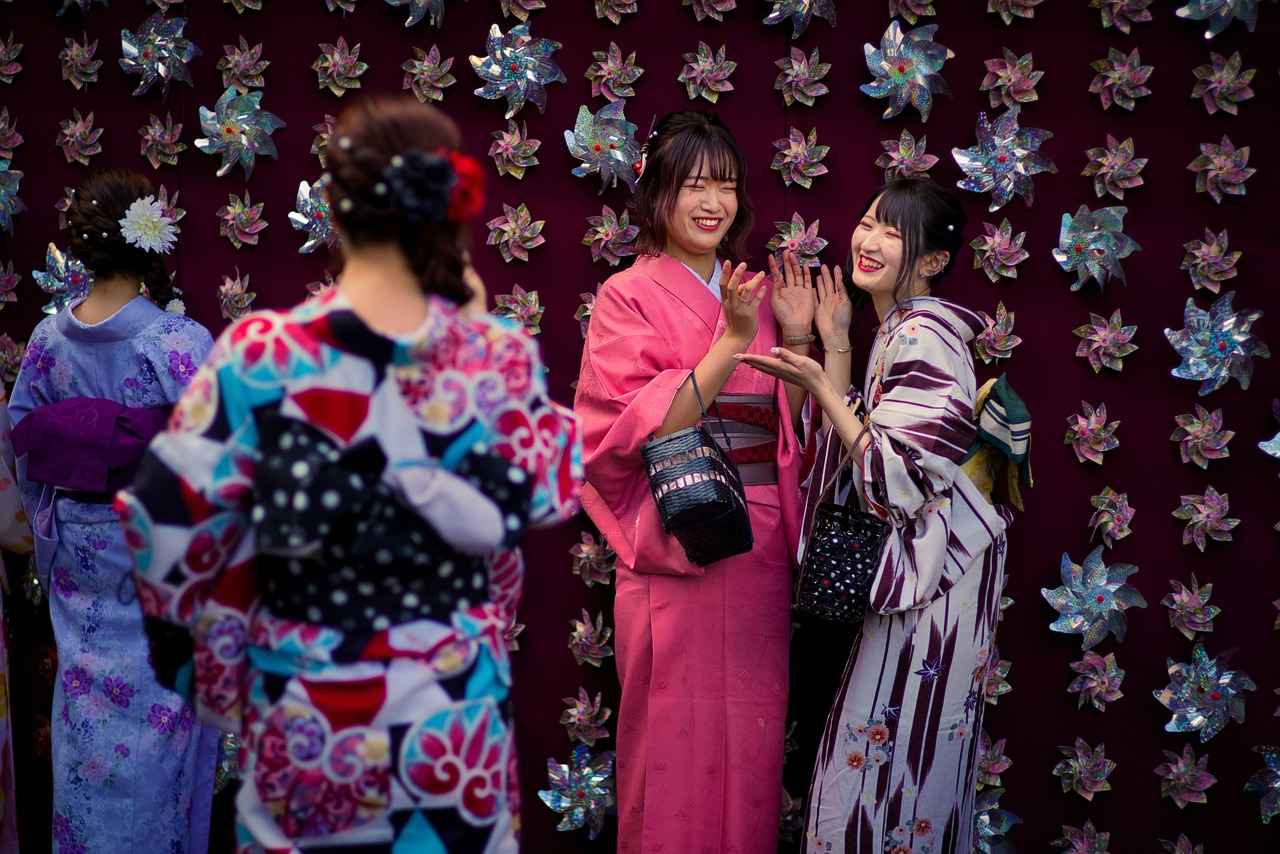
The Art of Wearing a Kimono
is a significant aspect of Japanese culture, embodying elegance, tradition, and respect. Understanding how to wear a kimono properly is essential for anyone wishing to appreciate this beautiful garment. This guide will walk you through the traditional techniques involved in putting on a kimono, ensuring a respectful presentation of this cultural attire.
Wearing a kimono involves several layers and specific tying methods that are crucial for achieving the correct look. Below are the key steps and components involved in the process:
- Base Layer: Start with a kimono undergarment called a hadajuban, which helps protect the kimono and maintain hygiene.
- Kimono Layer: The main kimono is then worn over the undergarment. Ensure that the collar is aligned correctly, with the left side over the right, which is the proper way to wear a kimono.
- Obi (Belt): The obi is a wide belt that secures the kimono in place. There are various styles of obi, such as the hanhaba and fukuro, each suited for different occasions.
- Tying Techniques: The obi is tied using various knots, with the taiko knot being one of the most common for formal occasions. This knot resembles a drum and adds a decorative touch to the outfit.
- Final Adjustments: Once the kimono and obi are secured, make sure to adjust the sleeves and hem for a polished look. The kimono should flow gracefully and allow for comfortable movement.
It is essential to remember that wearing a kimono is not just about the garment itself; it is also about the respect and tradition it represents. Each element of the kimono has a purpose and significance, making the process of wearing it a meaningful experience.
By mastering these traditional techniques, you can ensure that you not only look beautiful but also honor the rich history and cultural significance of the kimono.
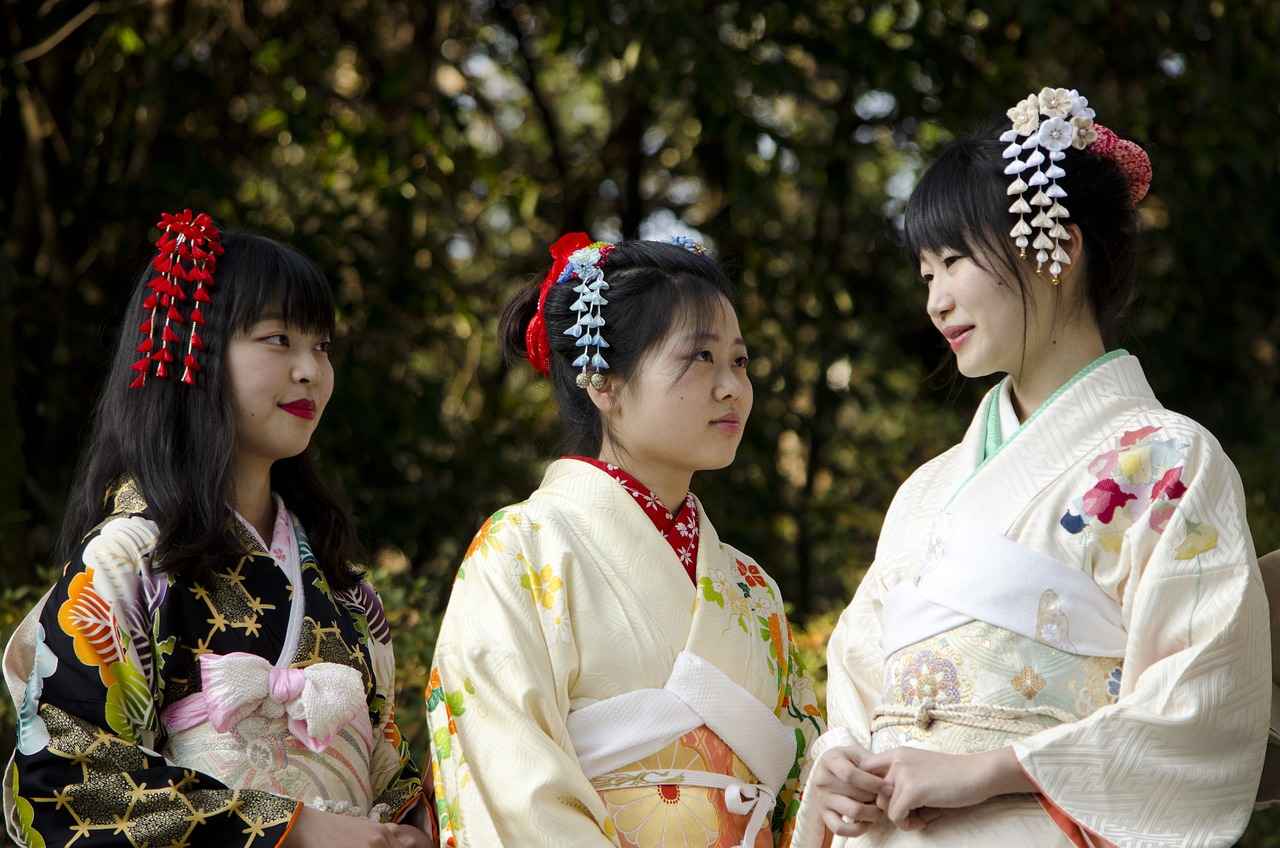
Kimono in Modern Fashion
The kimono, a traditional Japanese garment, has transcended its historical roots to find a place in contemporary fashion. Designers today are creatively incorporating kimono elements into their collections, offering a unique blend of tradition and innovation. This fusion not only celebrates the rich heritage of the kimono but also adapts its aesthetic to modern sensibilities.
One of the most significant ways contemporary designers are embracing kimono elements is through the use of fabric and patterns. Traditional kimono fabrics, such as silk and cotton, are often reimagined in modern cuts and styles. Designers like Issey Miyake and Kenzo have successfully integrated bold, vibrant prints reminiscent of classic kimono designs, creating garments that resonate with both historical significance and contemporary appeal.
Moreover, the structure of the kimono itself is a source of inspiration. The loose, flowing silhouette of the kimono is being adapted into various modern outfits, from streetwear to high fashion. For instance, designers are crafting kimono jackets that can be worn over casual attire, providing a stylish layer that maintains the essence of the original garment while catering to today’s fashion-forward consumers.
Accessories also play a crucial role in this modern interpretation. The traditional obi (belt) is being reimagined as a statement piece, often featured in unexpected colors and styles, enhancing contemporary outfits. This not only preserves the kimono’s cultural significance but also allows for personal expression in styling.
In conclusion, the integration of kimono elements into modern fashion exemplifies a harmonious balance between heritage and modernity. As designers continue to explore and innovate, the kimono remains a vital part of the fashion narrative, proving that tradition can thrive in a contemporary context.
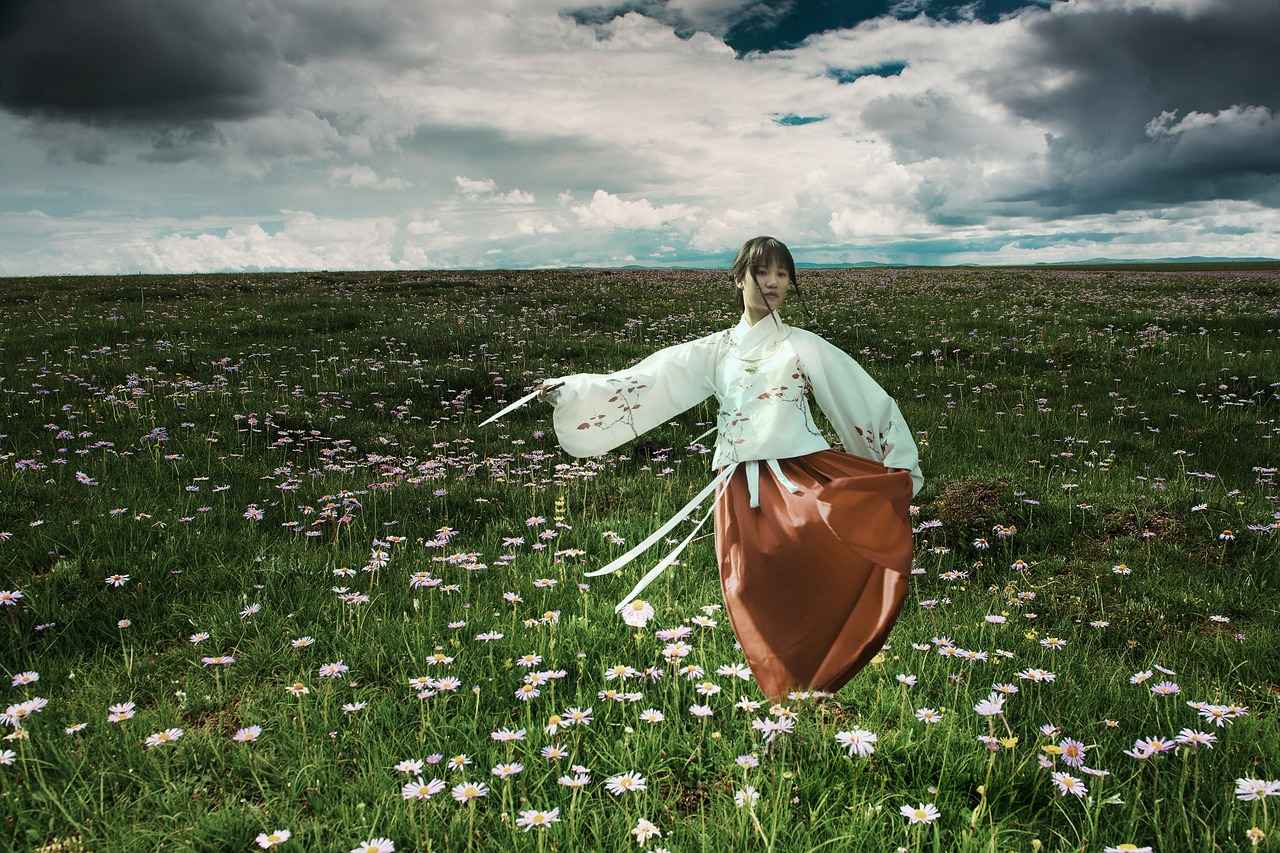
Participating in Kimono Culture Today
Engaging with kimono culture offers a unique opportunity to connect with the rich heritage of Japan. This traditional attire is not just a garment; it represents centuries of history, artistry, and cultural significance. By participating in various events, workshops, and community gatherings, individuals can foster a deeper appreciation for this timeless tradition.
One effective way to immerse oneself in kimono culture is through workshops. Many cultural centers and community organizations offer classes where participants can learn the art of wearing a kimono correctly. These workshops often cover essential techniques, including how to properly tie an obi (the sash worn with a kimono) and the various layers that make up the outfit. Engaging in hands-on learning allows individuals to gain a greater understanding of the intricacies involved in this beautiful attire.
Additionally, community events provide a vibrant platform for celebrating kimono culture. Festivals, parades, and cultural fairs often feature kimono fashion shows, where participants can showcase their outfits and learn from others. These gatherings foster a sense of community and encourage participants to share their experiences and knowledge about kimono history and styles.
Moreover, many cities host kimono days, where enthusiasts are encouraged to wear their kimonos in public spaces. This not only promotes cultural awareness but also allows individuals to experience the joy of wearing traditional attire in a modern setting. Participants often report feeling a sense of pride and connection to their heritage during these events.
In conclusion, engaging with kimono culture through events, workshops, and community gatherings is a fulfilling way to appreciate this iconic Japanese tradition. By participating actively, individuals can contribute to the preservation and celebration of kimono culture, ensuring that it continues to thrive in contemporary society.
Frequently Asked Questions
- What occasions are kimonos typically worn for?
Kimonos are often worn for special occasions such as weddings, tea ceremonies, and festivals. Formal kimonos like the Furisode and Tomesode are reserved for significant events, while casual styles like Yukata are perfect for summer festivals and everyday wear.
- How do I choose the right kimono for my body type?
Selecting the right kimono involves considering your body type, occasion, and personal style. For a flattering fit, opt for styles that complement your shape. It’s also important to consider the fabric, as different materials can enhance or detract from your overall look.
- What accessories do I need to wear with a kimono?
Essential accessories include the obi (belt), obijime (cord), and haneri (collar). These items not only enhance your outfit but also help secure the kimono in place, ensuring you look polished and put together.
- Can I wear a kimono casually?
Absolutely! Casual kimonos, like Yukata and Hifu, are designed for everyday wear and are perfect for relaxed settings. They offer comfort and style, making them a great choice for casual outings or summer events.
- How can I learn to wear a kimono properly?
Learning to wear a kimono involves understanding the layering techniques and tying methods. Consider attending workshops or watching online tutorials to master the art of dressing in this beautiful traditional attire.
